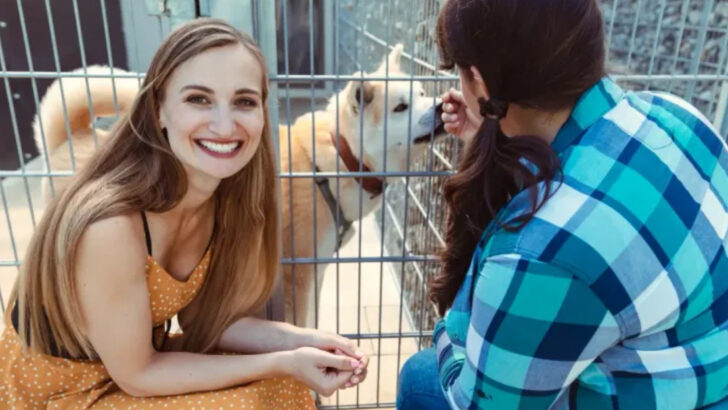Fostering a pet is pure chaos, love, and fur—sometimes all before breakfast.
You’re not just giving a homeless animal a roof.
You’re becoming their safe place, their chef, their therapist, their personal hype squad.
It’s messy.
It’s magical.
And it might just break your heart wide open (in the best way).
Whether you’ve got a soft spot for scruffy mutts, tiny kittens with big opinions, or that weird rabbit who stares into your soul—this guide is for you.
These aren’t fluffy, generic tips.
These are the real-deal tricks from the trenches.
The kind that save your carpet, your sanity, and the animal counting on you.
Ready to change a life—maybe even your own?
Let’s get into it.
Understanding the Commitment
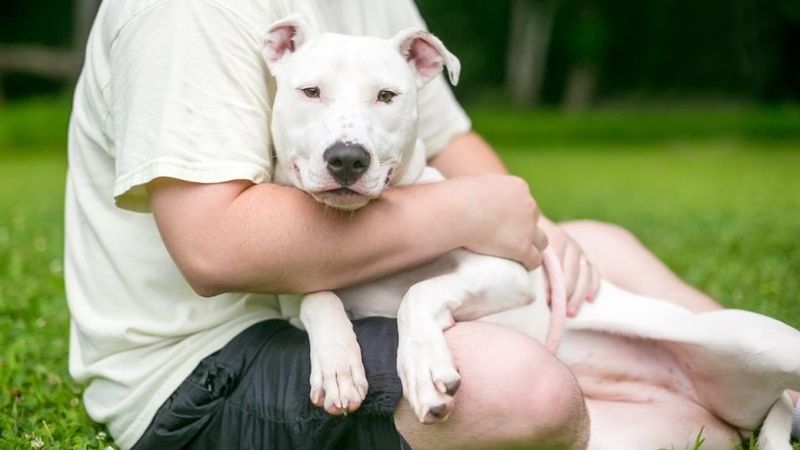
Taking in a foster pet requires a deep understanding of the commitment involved. It’s not just about providing food and shelter, but also ensuring the animal receives love, attention, and socialization. When fostering pets, it’s important to prepare your home environment. Remove any hazards and create a welcoming space where they can feel safe. Assess your schedule and ensure you have the appropriate time to dedicate to your foster pet. Consider any vacations or commitments that may conflict with the fostering period. Fostering is not only a commitment to the pet but also to the rescue organization.
Creating a Safe Space
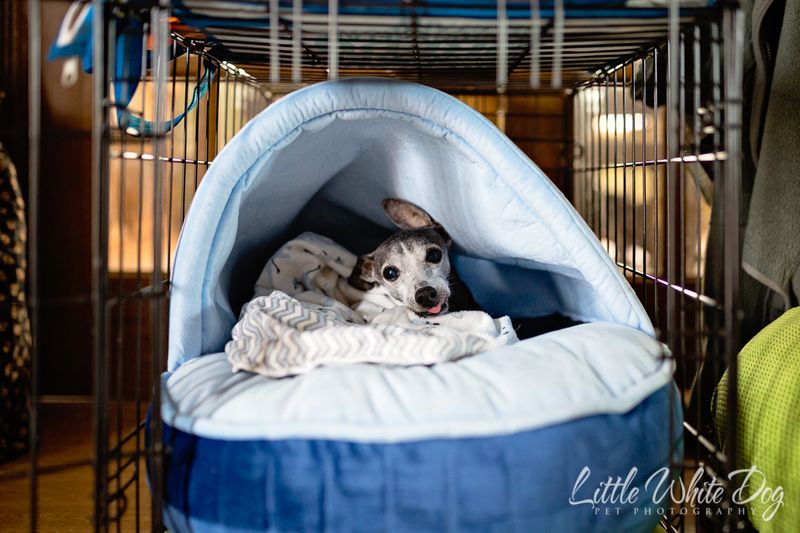
Every foster animal needs a safe and comfortable environment to adjust in. Designate a specific area in your home that will serve as their safe haven. This should be a quiet spot where they can retreat and feel secure, away from the hustle and bustle of daily life. Fill it with comfortable bedding, toys, and essentials like food and water bowls. Remember, the key is to make the space feel like their own little sanctuary. This sanctuary aids in reducing their anxiety and helps them settle in more quickly.
Building Trust Gradually
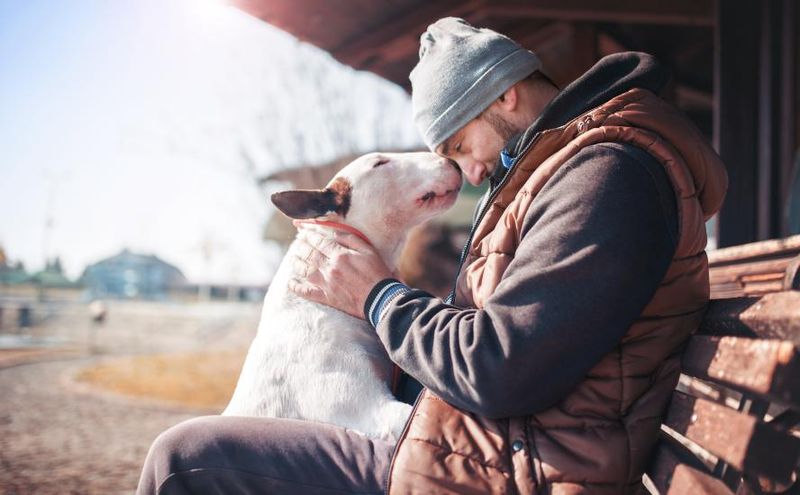
Fostering requires patience, especially when building trust with your new furry friend. Start by giving them space and allowing them to approach you on their terms. Avoid forcing interactions, as this can lead to fear and anxiety. Spend time sitting quietly in the same room, letting the pet become accustomed to your presence. Offering treats and speaking in a soft, reassuring voice can also help in building trust. Over time, the bond between you and the foster pet will grow stronger, and they will begin to see you as a source of comfort and security.
Veterinary Care Importance
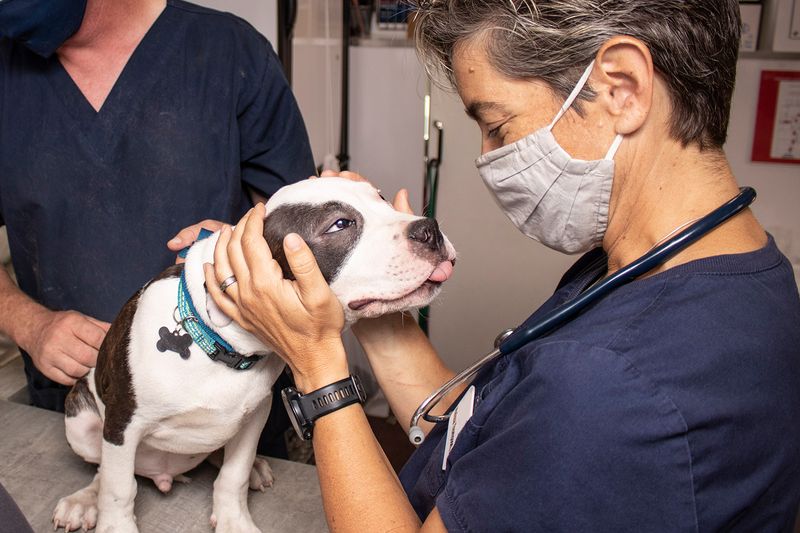
Regular veterinary care is crucial when fostering pets. Ensure the foster animal is healthy and up-to-date on vaccinations and treatments. Schedule an initial check-up soon after they arrive to assess their health and address any immediate concerns. Discuss with the rescue organization about what is covered under their care, and keep detailed records of all veterinary visits. Being proactive with veterinary care not only keeps the pet healthy but also prepares them for their future homes. This level of care is essential in fostering, ensuring each pet is given the best start in life.
Socialization Techniques

Socializing foster animals is a rewarding part of the process, helping them become well-adjusted and adoptable. Gradually introduce them to different environments, people, and other pets to build their confidence. Start with calm and controlled settings, ensuring interactions are positive and stress-free. Encourage playtime with a variety of toys to stimulate their minds and bodies. Remember, every pet is unique, and some may take longer to adjust than others. Patience and consistency are key. Through positive socialization, foster pets are more likely to thrive in their future homes.
Training Basics

Basic training is vital in helping foster pets become good companions. Start with simple commands like “sit,” “stay,” and “come,” using positive reinforcement such as treats and praise. Short, consistent training sessions are more effective than long, intensive ones. Training not only instills good behavior but also strengthens the bond between you and the pet. Consider enrolling in a basic obedience class if you need additional guidance. Remember, each pet learns at their own pace, and patience is essential. Training helps prepare them for successful adoption by showcasing their best qualities.
Handling Behavioral Challenges
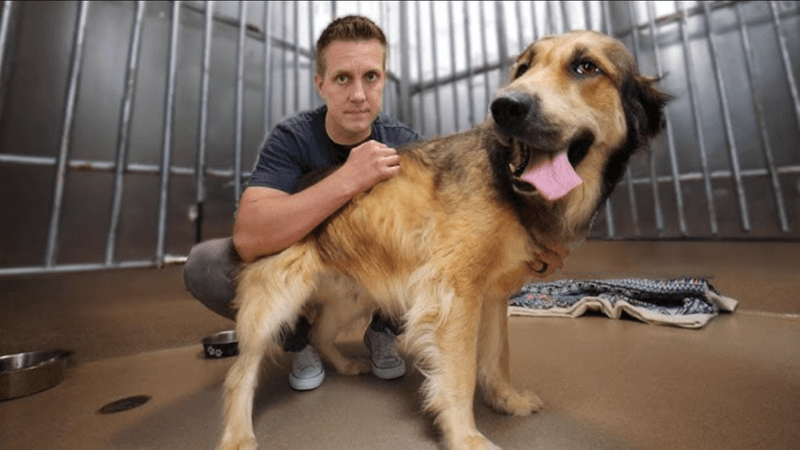
Foster pets may display behavioral challenges due to past trauma or neglect. Understanding and addressing these behaviors requires empathy and patience. Identify triggers, such as loud noises or unfamiliar people, and work on desensitizing the pet gradually. Consistency and positive reinforcement are crucial in changing undesirable behaviors. Seek advice from professionals if needed, especially for complex issues. Remember, behavioral challenges are opportunities to help the pet grow and heal. With dedicated effort, many challenges can be overcome, leading to a more harmonious relationship and a happier pet.
Importance of Routine
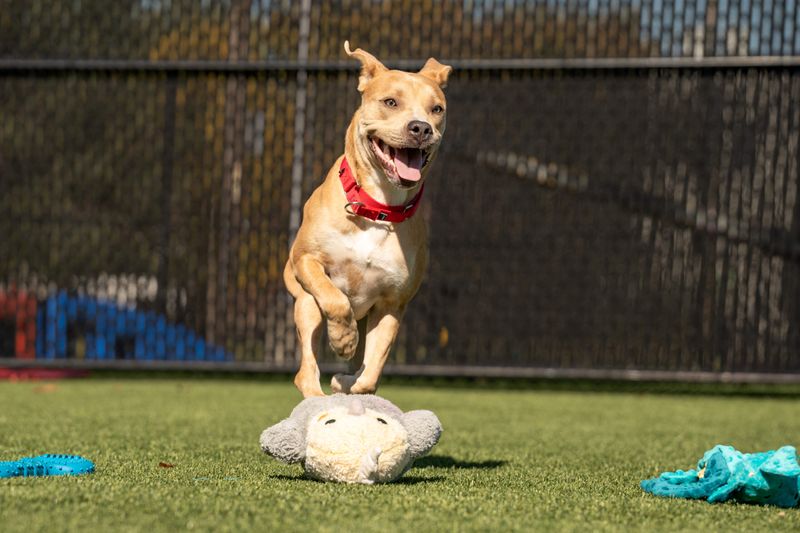
Establishing a routine provides comfort and predictability for foster pets. Consistency in feeding, walks, and playtime helps them feel secure and fosters trust. Create a schedule that works for both you and the pet, allowing for flexibility as needed. This routine not only benefits the foster pet by reducing anxiety but also helps in managing your time effectively. A well-structured routine can make the transition smoother when they move to their forever home, as they are accustomed to a stable environment.
Understanding the Adoption Process
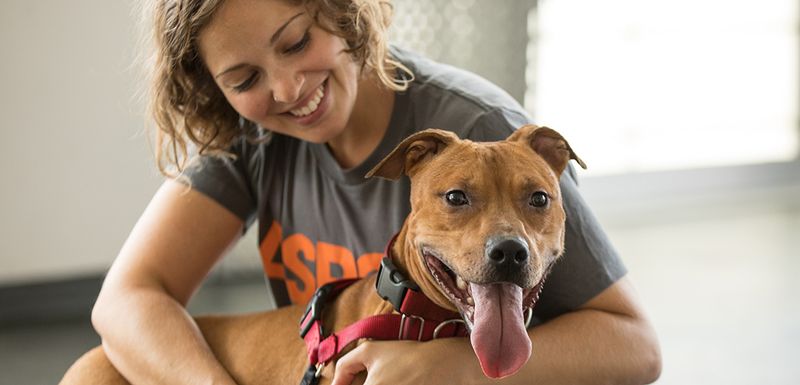
As a foster caregiver, part of your role is to help prepare pets for adoption. Understanding the adoption process is key to ensuring a smooth transition. Familiarize yourself with the rescue organization’s policies and procedures. Attend adoption events and speak with potential adopters, sharing insights about the pet’s personality and needs. Your first-hand experience is invaluable in matching the pet with the right family. Remember, seeing your foster pet go to a loving home is a rewarding culmination of your efforts, knowing you played a crucial part in their journey to happiness.
Dealing with Emotions
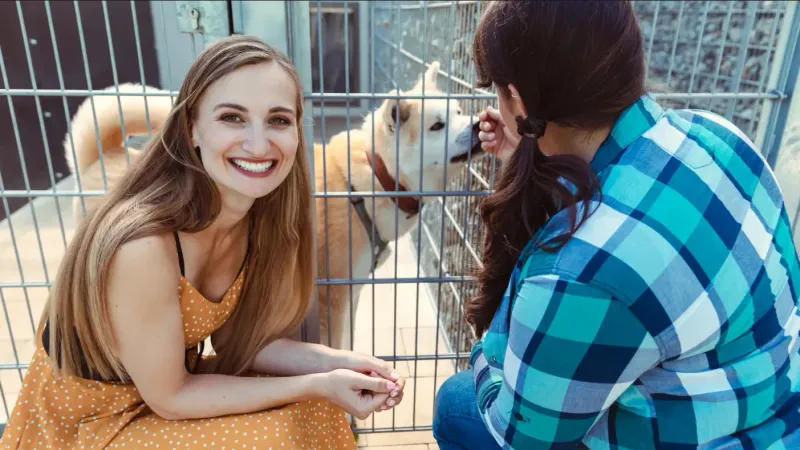
Fostering pets can be an emotional journey, filled with highs and lows. It’s natural to become attached, and saying goodbye when they find their forever home can be bittersweet. To manage these emotions, remind yourself of the positive impact you have made in the pet’s life. Share your experiences with other foster caregivers for support and encouragement. Journaling can also help process feelings and reflect on the rewarding aspects of fostering. Remember, every goodbye makes space for another animal in need, continuing the cycle of compassion and care.
Managing Multiple Pets
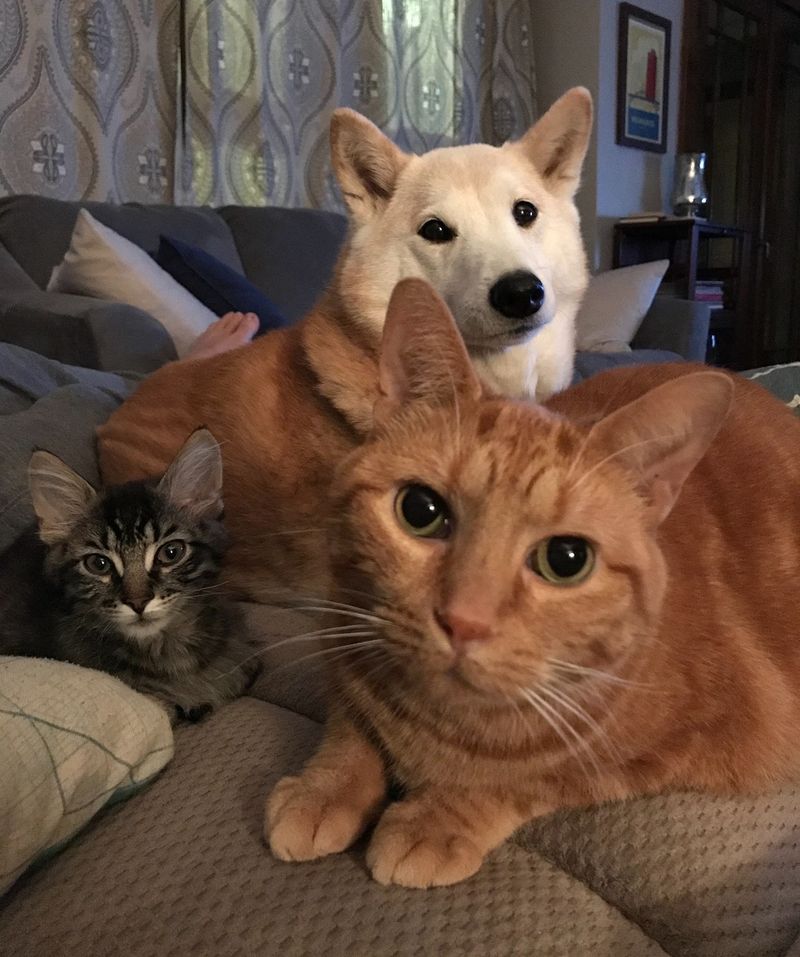
Fostering more than one pet at a time requires careful management and patience. Introduce new animals gradually, allowing them to adjust to each other’s presence. Monitor interactions closely to prevent conflicts and ensure all pets feel comfortable and safe. Create separate feeding and sleeping areas to reduce competition. By maintaining a balanced environment, fostering multiple pets can be a rewarding experience, filled with joy and companionship. Remember, each pet has its own needs and personality, and understanding these differences is crucial for a harmonious household.
Providing Enrichment

Enrichment is essential in keeping foster pets mentally and physically stimulated. Offer a variety of toys, from puzzle feeders to interactive playthings, to engage their senses. Rotate toys regularly to maintain interest and prevent boredom. Incorporate daily play sessions into their routine, encouraging natural behaviors like chasing and exploring. For dogs, consider activities like agility training or scent games. Enrichment not only enhances their quality of life but also prepares them for a happy and fulfilling future in their forever home. A well-stimulated pet is a content and well-adjusted companion.
Handling Medical Needs

Foster pets may come with specific medical needs that require attention and care. Whether it’s administering medication or attending regular vet appointments, being proactive is key to their well-being. Familiarize yourself with their medical history and follow any prescribed treatment plans diligently. Keep communication open with the rescue organization to ensure all medical needs are addressed promptly. Handling medical needs responsibly ensures the pet remains healthy and comfortable during their stay, making them more appealing to potential adopters. This dedication to their health highlights your commitment as a foster caregiver.
Preparing for Adoption Events

Adoption events are pivotal in finding forever homes for foster pets. Prepare by grooming and socializing your pet beforehand, ensuring they are in their best condition. Bring along any necessary supplies, such as leashes and adoption profiles, to share with potential adopters. Engage with visitors, highlighting the pet’s unique traits and stories, fostering connections. Adoption events require coordination and enthusiasm, as they play a significant role in the pet’s journey to a new home. Your participation not only showcases the pet but also inspires others to consider fostering or adopting.
Educating Others About Fostering
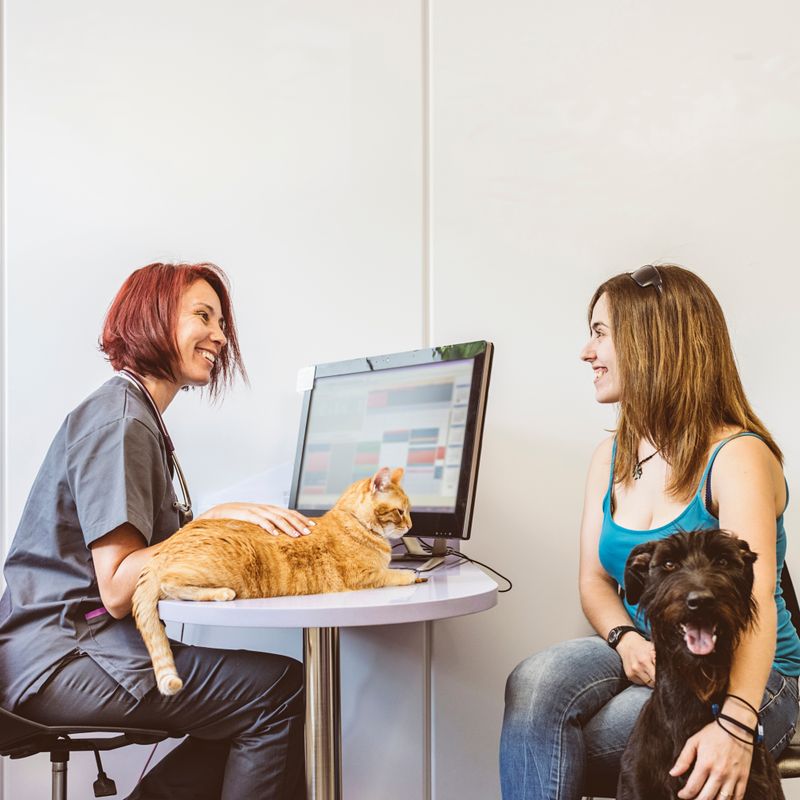
Sharing your fostering experience can inspire others to open their homes to animals in need. Host workshops or community talks to educate people about the benefits and responsibilities of fostering. Use social media to reach a broader audience, sharing success stories and tips. By advocating for fostering, you help raise awareness and encourage more people to get involved. Remember, your knowledge and passion can spark a change, leading to more lives saved and more animals finding their forever homes. This advocacy strengthens the fostering community and enhances animal welfare efforts.
Celebrating Success Stories

Every successful adoption is a story worth celebrating. Share these heartwarming tales through social media or local newspapers to inspire others. Highlight the transformation of each pet, from rescue to a beloved family member, showcasing the impact of fostering. Celebrate the connections made and the new families formed, fostering a sense of community and gratitude. These stories not only validate the hard work of foster caregivers but also encourage others to consider fostering or adopting. By celebrating success, you contribute to a ripple effect of compassion and kindness.
Continuing the Fostering Journey

Fostering is a continuous journey, filled with opportunities to make a difference. After one pet finds their forever home, consider opening your heart and home to another. Each new foster brings unique challenges and rewards, enriching your life and theirs. Stay connected with the fostering community for support and camaraderie. Remember, every decision to foster has a lasting impact, creating a better world for animals in need. By continuing this journey, you become a vital part of the solution, providing love and hope to countless animals awaiting their chance at happiness.

